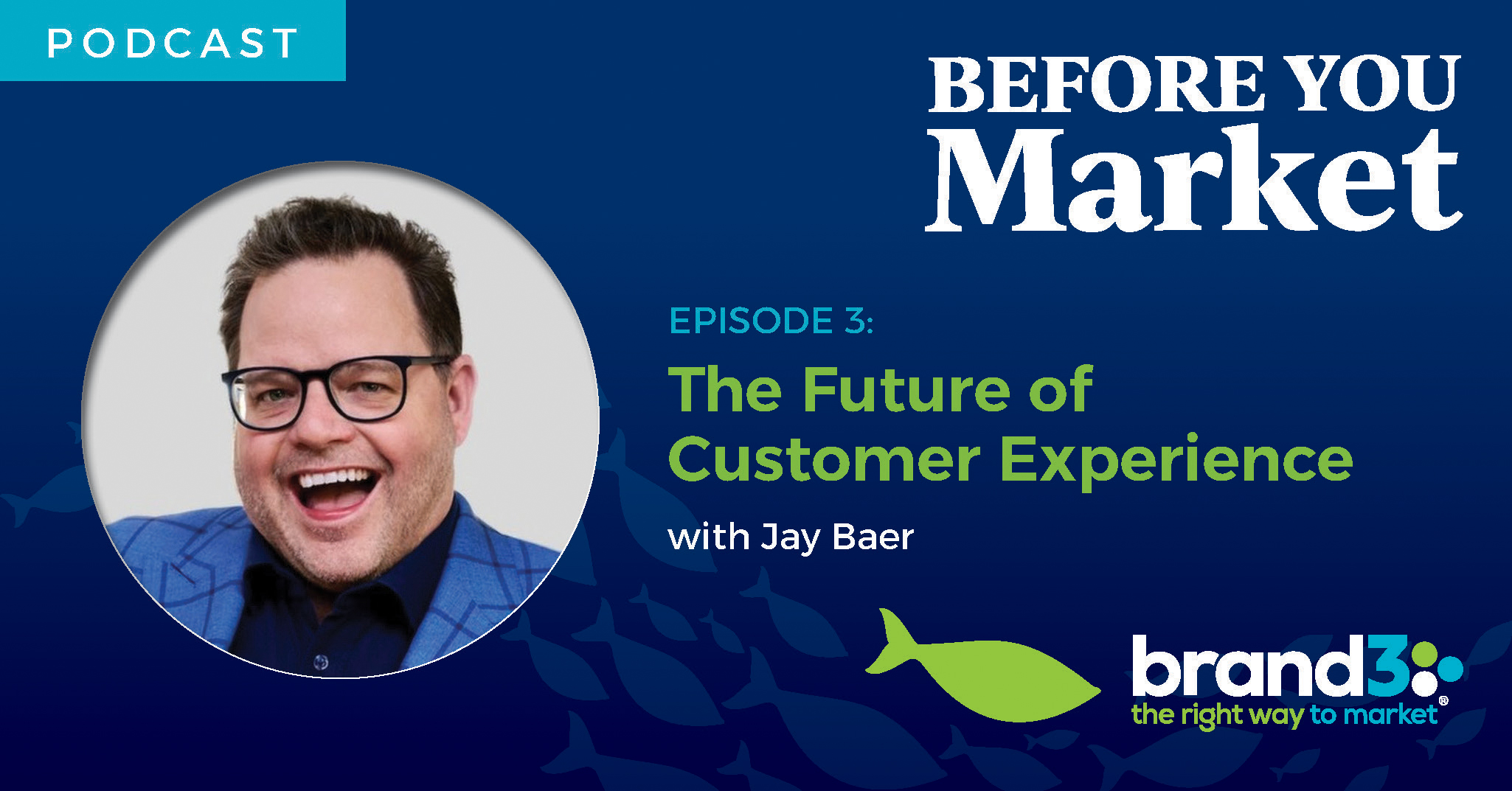
When many people hear the term “workplace wellness,” the first things that come to mind are gyms in office buildings, fitness competitions between teams, and healthy snacks in the break room. Being “well” consists of more than just getting regular exercise or eating healthy foods. Furthermore, with more companies shifting toward virtual or hybrid virtual offices because of the pandemic, how can companies ensure they are still promoting workplace wellness with no physical break room to house the healthy snacks?
Holistic wellbeing means taking care of the whole self by focusing on self-care, creating healthy routines, and managing stress. August is National Wellness Month, and this is the reminder we need to help us prioritize our health as we continue to navigate rapidly changing challenges throughout this year. Your employees are looking for support and guidance and there is no more important time than during the COVID-19 pandemic to emphasize health literacy, to promote wellbeing within your organizational culture, and to help your business leaders understand the positive business impacts of taking care of your workforce.
Research shows that there is a direct connection and huge impact between employee wellbeing and business output. Employee wellbeing has a huge impact on numerous areas of work performance. For example, lower wellbeing results in higher levels of absence, the increased likelihood that employees are not mentally present for work while being physically present, employee burnout, and an influence on employee retention.
Harvard business review came to the following definition of workplace wellbeing:
“An organized, employer-sponsored program that is designed to support employees (and, sometimes, their families) as they adopt and sustain behaviors that reduce health risks, improve quality of life, enhance personal effectiveness, and benefit the organization’s bottom line” .
The question that business owners must ask themselves about employee health and wellbeing is: How do we as an organization shape a work-environment where our employees come to work with energy and motivation to do their jobs AND leave our offices with energy to engage in meaningful non-work related activities, while staying healthy throughout? If you would like to take this one step further you could set yourself a goal to help employees advance and increase their wellbeing levels becoming better, happier and healthier versions of themselves every day.
The health and wellbeing of the families of your employees will undoubtedly impact their work performance. As their employer, it’s important to not only be understanding of these stressors that exist outside of the workforce but also to provide support through family care tools and employee benefits.
Brand3 most recently included chaplain services to the benefits package for our core team. This benefit includes a virtual or in-person chaplain who is available 24 hours a day, 365 days a year to provide personal care to staff AND their families. The chaplains support the emotional wellbeing of our team with or without referencing religion. It is completely confidential and the staff can talk about personal issues with the chaplain, as well as any stressors that may be caused by work. The service comes at no additional cost to the employees or family members and really emphasizes that we value and care about the mental wellbeing of our team.
When employees feel valued they enjoy coming to work, they invest in building meaningful workplace relationships, and they connect to the company’s mission. Additionally, understanding how their efforts connect to the big picture can help employees feel like they are truly part of the team, provide clarity of purpose and lead to a greater sense of accomplishment. All of these things drive performance, so leaders should focus on cultivating workplaces where employees want to come, stay and give their best.
Employee engagement requires getting back to the basics of human interaction while utilizing today’s technology to make connections and relationships scalable across large groups of people. These relationships cannot be a quid pro quo arrangement: “We will be nice to you at work so you will stay here longer and work harder.” The relationships have to be authentic, or employees will recognize that it is being forced because of ulterior motives.
It makes sense that employees are happier if they are allowed to partake in the sort of work that energizes them. Everyone brings their own unique backgrounds, passions, and experiences to their job. To fully utilize those strengths, employers need to become familiar with the preferences of their employees. Strengthsfinder is a tool that Brand3 uses with our core team. We ask the employees to take the assessment and answer truthfully instead of using responses that they think a manager would like to see. We then make an effort to assign tasks to team members based on their top 5 strengths.
Your workplace wellness initiatives should include the traditional aspects, such as health plans and incentives for a healthy lifestyle. In addition, think outside the box and find ways to think more holistically about wellness and support the mental wellbeing of your team. During these trying times, even a little bit of empathy from leadership goes a long way. Creating a healthy workplace environment will translate to happy employees, which will boost employee performance and retention. Just remember that “healthy” includes more than physical activity and nutritious snacks.



